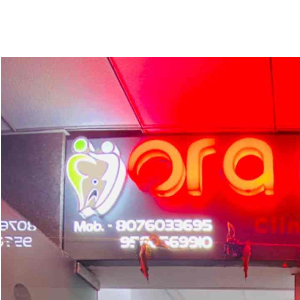1. Why should you choose Doc India to choose the best dental specialist in Greater Noida?
In Doc India, you can have your complete trust in some of the best and most highly experienced dental specialists in Noida who will help you to treat all the symptoms of dental problems and the most complicated dental issues with the greatest expertise.
2. Can Doc India help you select the best child dentist in Greater Noida?
Visit Doc India to know how you can avail some of the best and the topmost dental specialists in Noida who would treat your child with utmost care and cure your child’s dental problems.
3. What are the different types of dental X-rays?
Various types of dental X-rays are used by dentists for diagnosis, which include the following:
Occlusal- This type of dental X-ray is conducted when the dentist checks how the upper and lower teeth match up when your jaw is closed.
Bitewing- This is another variation of X-ray that is used to check the cavities among teeth (interdental).
Periapical- Dentists suggest this type of dental X-ray to focus on two complete teeth, from root to crown, and to detect the problems in areas other than the gums and teeth, such as the jaw.
4. What are the benefits of dental examinations?
Dental examinations are highly beneficial because these examinations help dentists check how much the dental disorders have progressed and how your dental chambers have been affected. So,
5. When do dentists advise tooth extraction?
Your dentist will advise you to have a tooth extraction if you have the following symptoms:
Gum bleeding.
Severe tooth decay and cavities.
A fractured tooth.
An impacted tooth.
Crowded teeth.
Severe gum disease.
Tooth luxation or other dental injuries.
6. How do dentists treat dental decay?
Dental decay that develops mostly due to the damage caused by cavities can be treated in various ways and the treatment depends on the intensity of the decay. Generally, dentists use clinical methods such as fluoride treatment, especially in the early stages of dental decay. To cure the decaying of the enamel portion of the tooth, your dentist might use a filling made of components such as material such as resin, ceramic, or dental amalgam or might suggest a root canal treatment in case of pulp damage.
7. Are metal braces safe to use?
Metal braces used for dental treatment are safe to use because they are made of metal alloys that are clinically tested and designed for biocompatibility, to ensure effectiveness without disrupting your body’s normal processes. The metal is free of any harmful chemicals, easy to clean, and stain and corrosion resistant.
8. What are the different types of tools used by dental specialists?
There are different types of tools that dental specialists use, which include:
Mouth Mirror: For indirect vision and light reflection.
Local Anesthesia: To numb the area being worked on.
Moisture Control Instruments: Such as cotton rolls and suction devices.
Explorer (Sickle Probe): To detect breaks in enamel.
Matrix Retainers and Bands: To hold fillings in place.
Dental Elevators and Forceps: For tooth extraction.
College Pliers: For grasping or transferring materials in and out of the oral cavity.
Excavator: To remove soft carious decay.
9. What is dental bleaching?
Dental bleaching is a process of tooth whitening that is recommended by dentists to whiten and brighten the color of your teeth and remove stains.
10. How do dentists help in enamel shaping?
Your dentist can use a procedure called enamel shaping, which is also known as tooth contouring, tooth reshaping, or tooth filing to improve the appearance or function of teeth.
Find Also: Cardiologists in Greater Noida | Ayurveda Doctors in Noida | Dermatologists in Noida | Endocrinologists in Greater Noida | General Physicians in Greater Noida | Gastroenterologist in Greater Noida | Gynecologists in Greater Noida | Homeopathy Doctors in Greater Noida | Oncologists in Greater Noida | Neurologists in Greater Noida | Nutritionists in Greater Noida | Orthopedic Doctors in Greater Noida | ENT Doctors in Greater Noida | Pediatricians in Greater Noida
Frequently Asked Questions
News Articles
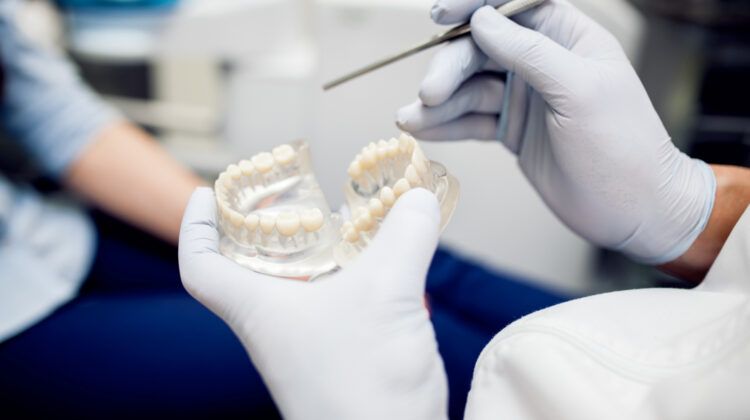
Dental Bridges: Types, Uses, Benefits, a ...Read More
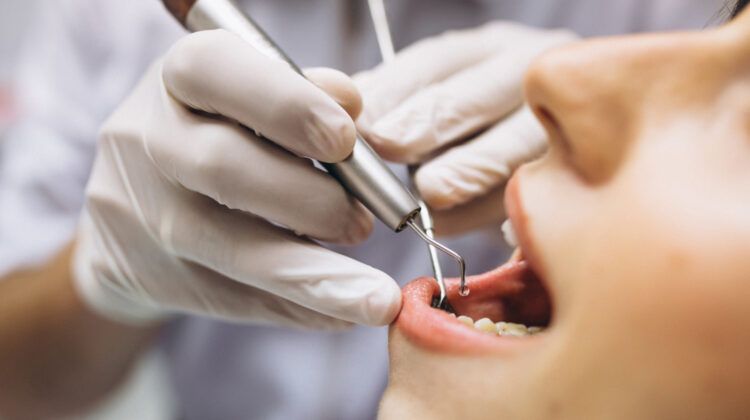
Exploring Dental Implants: Types and Tre ...Read More
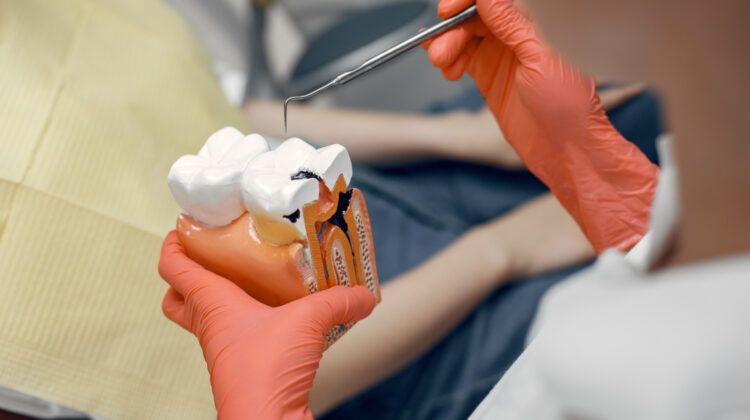
Preventing Tooth Decay – Healthy Teeth a ...Read More
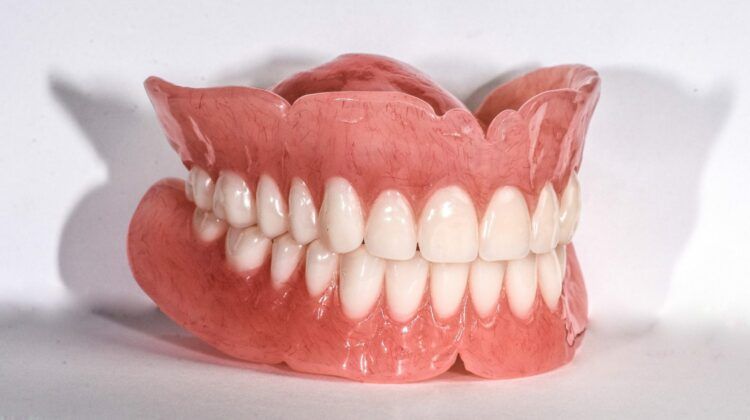
Dentures: Types, Alternative, and Caring ...Read More
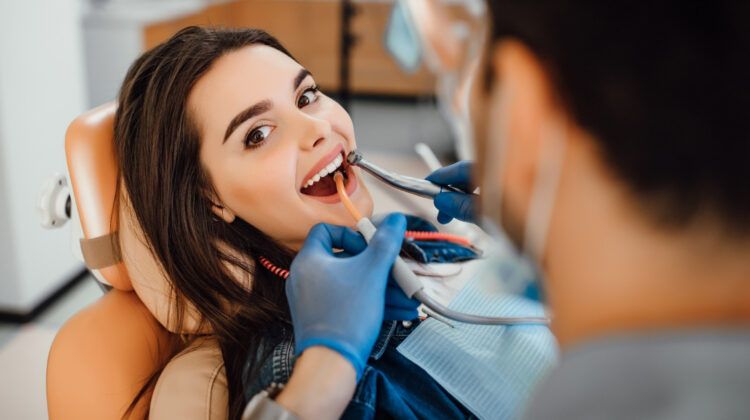
Can a Person Have Dental Implants if The ...Read More

